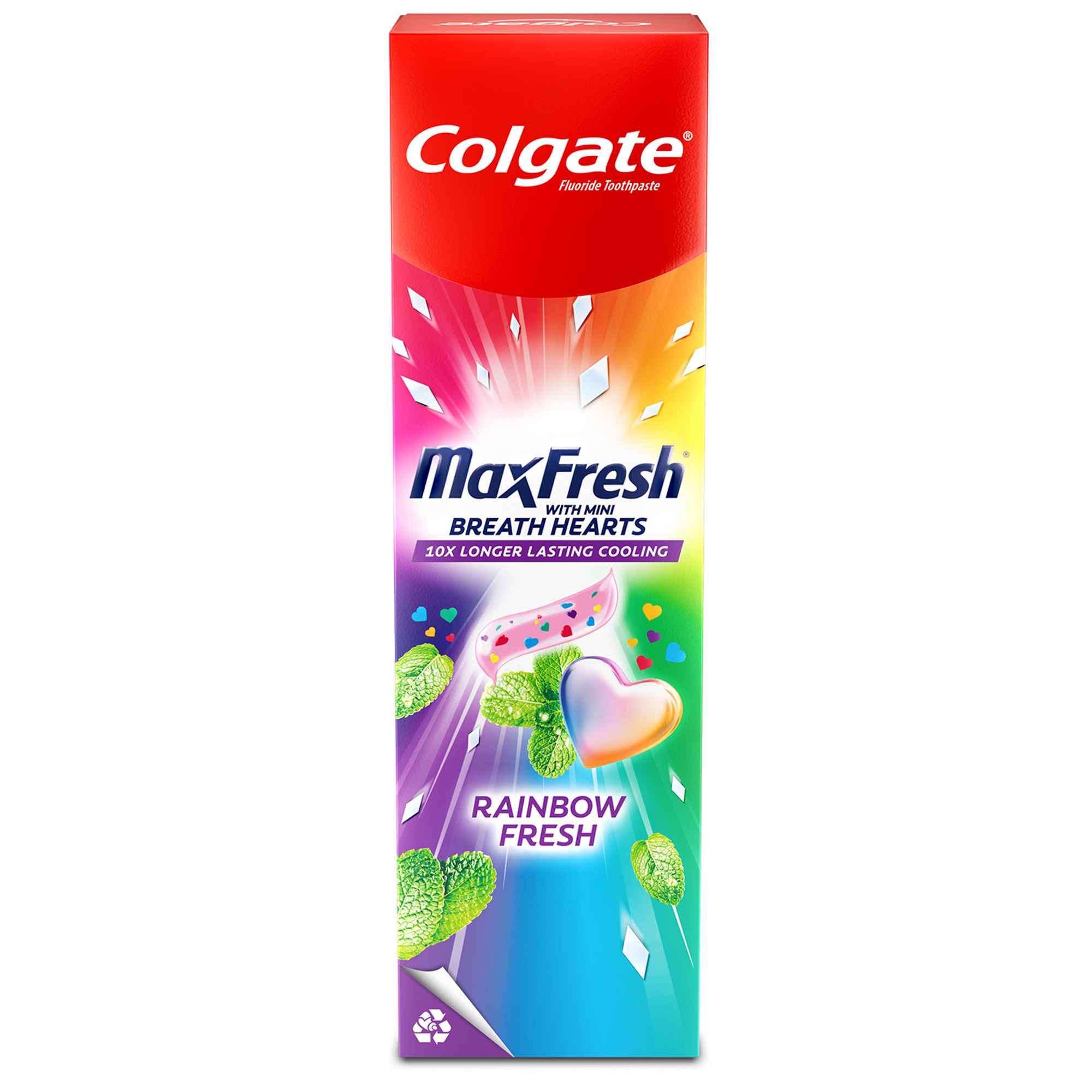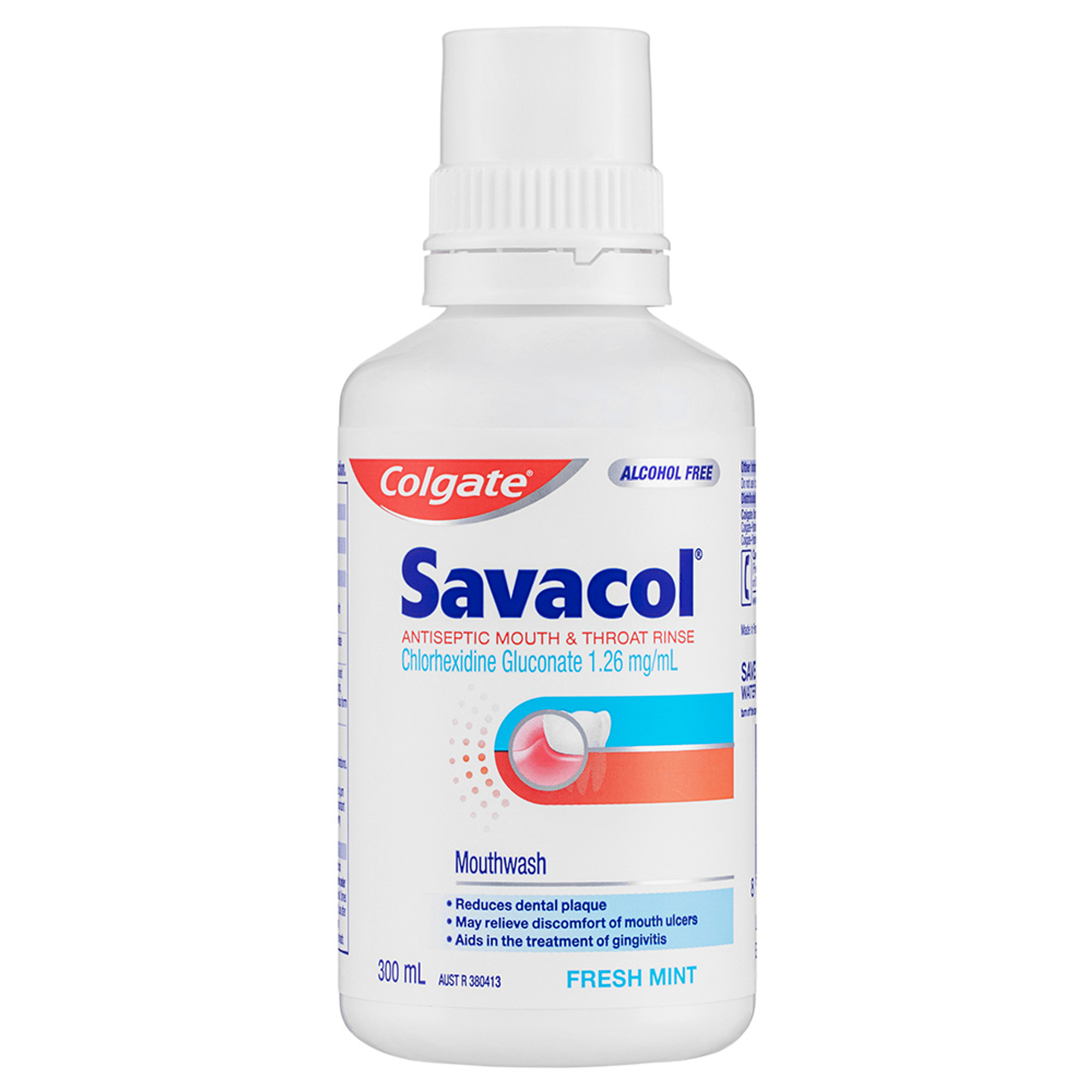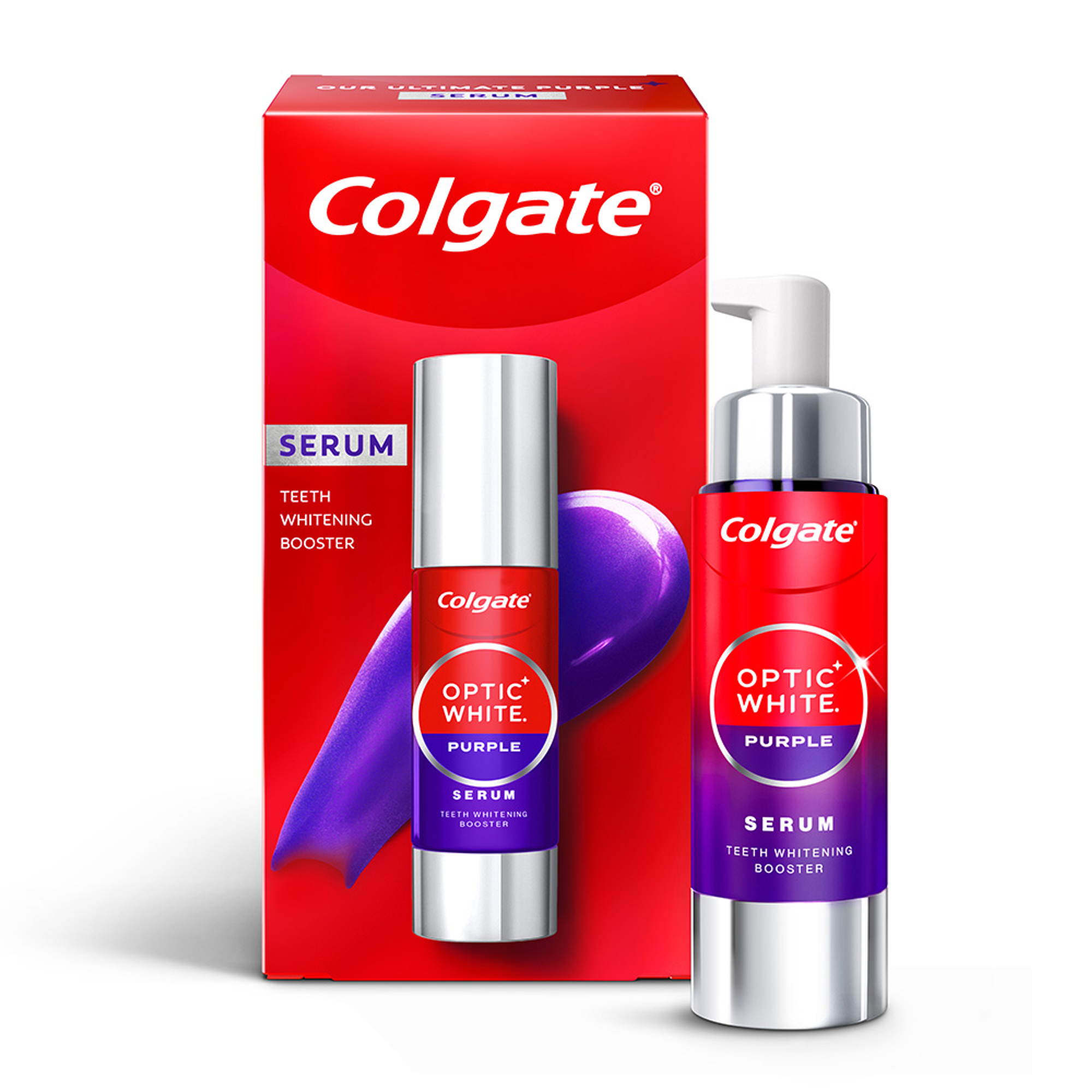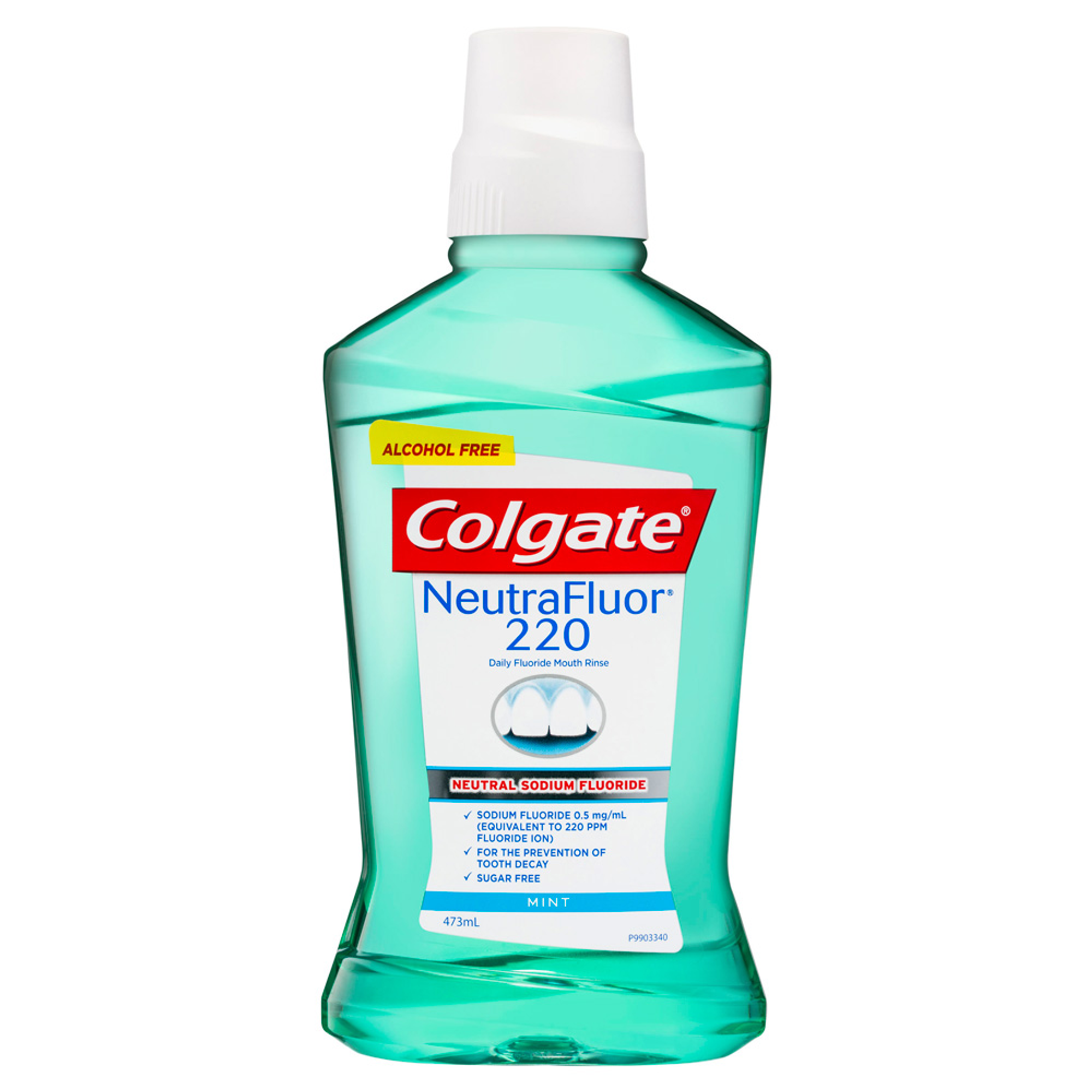-
-

BRUSHING & FLOSSING
How to BrushWhat Is the Right Way to Brush?
Proper brushing takes at least two minutes — that's right, 120 seconds!...

BRUSHING & FLOSSING
How To FlossWhat is the Right Way to Floss?
Proper flossing removes plaque and food particles in places where a toothbrush cannot easily reach... -
Science & Innovation
- Colgate® | Toothpaste, Toothbrushes & Oral Care Resources
- Oral Health
- Illustrations: How a Tooth Decays


1. Healthy tooth
The healthy tooth has four different parts to it that are very important. The enamel is the hard outer surface of the tooth and the most highly mineralised substance in the body. The dentine is the softer layer beneath the enamel. The pulp chamber and root canals inside the dentine contain the nerves and blood vessels of the tooth and this pulp is the living part of the tooth. Covering the root surface of the tooth is a thin layer of cementum.
2. White spots
When exposed to sugars or carbohydrates in foods, some bacteria can make acid. The acid attacks the crystal-like substance in the tooth's outer enamel surface. This process, where the acid dissolves minerals from the enamel, is known as demineralisation. The first sign of demineralisation is a chalky white spot. At this stage, the decay process can be reversed using fluorides at home (toothpaste and mouthwash), and in the dentist's surgery, fluoride gel/foam or fluoride varnish can help the tooth repair itself.
3. Enamel decay
Demineralisation continues and the enamel starts to break down. Once the enamel surface is broken, the tooth can no longer repair itself. The cavity has to be treated and restored by a dentist.
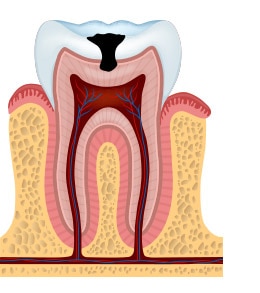
4. Dentine decay
The decay reaches into the dentine, where it can spread and cause pain.
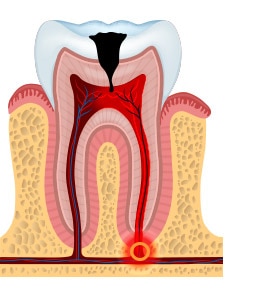
5. Pulp involvement
If decay is left untreated it will reach the tooth's pulp, where the nerves and blood vessels are found. The pulp will become infected and an abscess (a bacterial infection containing pus) will form, causing pain and possible further spread of infection.
Related Articles

Having a bright and radiant smile is a desire for many individuals. People often turn to whitening products to whiten their teeth.
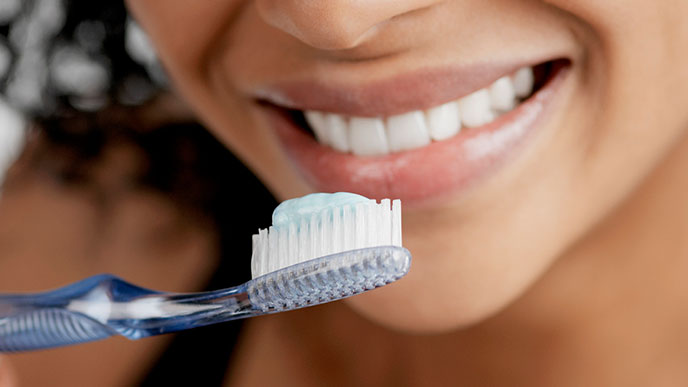

This article is intended to promote understanding of and knowledge about general oral health topics. It is not intended to be a substitute for professional advice, diagnosis or treatment. Always seek the advice of your dentist or other qualified healthcare provider with any questions you may have regarding a medical condition or treatment.
Related Products

Helping dental professionals
More professionals across the world trust Colgate. Find resources, products, and information to give your patients a healthier future




